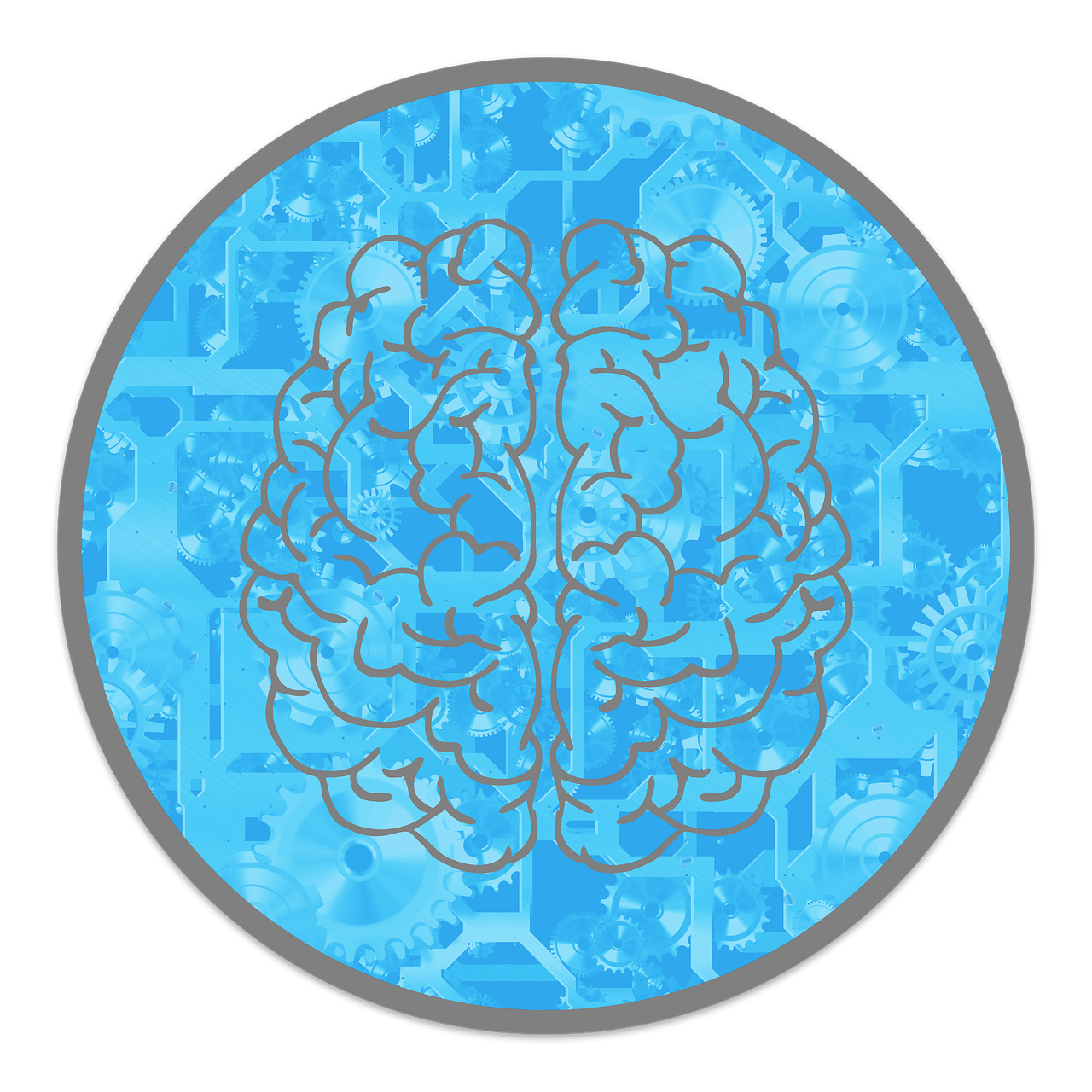
Got habits you’d rather ghost—like snoozing ‘til noon, snacking at midnight, or dodging to-dos like they’re exes? Good news: you don’t need willpower of steel.
You just need to trick your brain (nicely).
Enter positive reinforcement—aka rewarding the good stuff so your brain wants to do it again.
It’s like training your inner golden retriever: treat, repeat, succeed.
In this article, we’ll show you how to use rewards to build better habits, skip the guilt, and actually enjoy the process.
Because change doesn’t have to suck—science says so.
What Is Positive Reinforcement?
Positive reinforcement is basically the brain’s version of a high-five.
It’s a psychology trick where you add a little reward right after doing something good, making you way more likely to do it again.
Think of it like this: remember when you were a kid and cleaned your room just to get that “Good job!” or a cookie?
That praise or treat hooked you into the habit.
Same deal with adults—whether it’s treating yourself to a smoothie after a workout or giving yourself a mental fist bump for hitting a deadline, rewarding yourself makes the good habits stick.
It’s like training your brain the way you’d train a puppy—with snacks and praise, not yelling or time-outs.
And honestly, who doesn’t want their brain wagging its tail a little more often?

Why Positive Reinforcement Works Better Than Punishment?
Let’s be real—lots of us try to kick bad habits by beating ourselves up.
You know, the classic guilt trip after demolishing a pizza or skipping the gym.
But spoiler alert: science says that’s not the way to win.
The science
Here’s the deal: a study in Neuroscience & Biobehavioral Reviews (Galea et al., 2015) found that positive feedback actually lights up your brain’s motivation circuits and strengthens the habit-building pathways.
Meanwhile, negative reinforcement? It just cranks up your stress, shame, and the urge to run for the hills.
Not exactly a recipe for lasting change.
Why positive reinforcement rocks:
- Pumps up your motivation and self-esteem (think: feeling like the MVP of your own life)
- Helps you stick with it, day after day
- Makes your brain link good vibes to your new habits
- Lowers stress and resistance—because nobody likes a fight with themselves
How Habits Are Formed: The Habit Loop
If you want to master positive reinforcement, you gotta know the habit loop—a simple but powerful idea from Charles Duhigg’s The Power of Habit (think of it as the blueprint for how habits sneak into your life).
The loop has three parts:
- Cue: The little trigger that kicks off the behavior—like your phone buzzing or the “I need coffee” morning brainwave.
- Routine: The actual habit or action you do—scrolling Instagram, grabbing a snack, or hitting the gym.
- Reward: The good stuff your brain gets afterward—the feel-good hit, like a sugar rush or that “yes, I nailed it” glow.
When you add a positive reward after the routine—like a mini celebration or a treat—you’re basically telling your brain, “Hey, this is awesome, do it again!”
Over time, that behavior gets so automatic, it’s like your brain’s got it on autopilot.

How to Use Positive Reinforcement to Change Habits
Alright, enough theory—let’s get down to business.
Here’s how to use positive reinforcement to hack your habits like a pro, with science backing every step.
1. Get clear on your target behavior
Vague goals are the enemy here.
Don’t say, “I wanna be healthier”—that’s like saying, “I wanna win at life” without a plan.
Be specific and clear.
- Say: “I’ll drink 8 glasses of water a day.”
- Don’t say: “I’ll just drink more water sometime.”
Clear goals make it easier to track progress and celebrate wins.
2. Pick rewards that actually fire you up
Rewards are the magic sauce. But they gotta be good—and quick.
Your brain loves instant gratification (we’re talking social media, chocolate, or your fave podcast).
The closer you tie the reward to the behavior, the stronger the brain’s “heck yes” signal.
Examples:
- Finish a workout? Treat yourself to a square of dark chocolate (because you deserve it).
- Crush a study session? Scroll Instagram guilt-free for 10 minutes.
- Go for a walk? Queue up your favorite podcast and enjoy.
Keep it fun, easy, and motivating—no bribes involving kale smoothies (unless you’re into that).
3. Set up cues that nudge you gently
Your environment is your habit’s hype squad.
Make it easy to remember and act.
Little triggers in your space help turn intention into action.
Try these:
- Leave a water bottle on your desk—hello, hydration reminder!
- Lay out your gym clothes the night before—no more “what do I even wear?” excuses.
- Set phone alarms or reminders for meditation, journaling, or whatever you’re working on.
Think of cues as friendly nudges from your future self, saying, “You got this!”
4. Start small and build up
Trying to jump from zero to a full marathon (or eight glasses of water at once) is a fast track to frustration.
Start tiny—think micro-habits that feel doable.
- Swap “30-minute workouts” for a 5-minute stroll around the block.
- Trade “8 glasses of water” for one glass first thing in the morning.
- Swap “15 minutes of journaling” for just 2 minutes to get started.
These little wins stack up, building momentum and giving your brain those sweet hits of motivation.
It’s like leveling up in a video game, one easy mission at a time.
5. Track your progress and celebrate like you mean it
Tracking habits isn’t just for the super organized—it’s science-approved motivation.
Even marking a ✔️ on a calendar sends your brain a “Good job!” message.
Apps like Habitica or Streaks turn habit tracking into a game, rewarding you with virtual loot and XP so you feel like a boss.
Seeing your progress, no matter how small, fuels your drive to keep going.
Celebrate those tiny victories like you just won the Super Bowl of self-improvement.
6. Don’t get hooked on external rewards forever
Rewards are awesome, but they’re like training wheels.
Eventually, you want to cruise on your own, fueled by internal motivation.
Think of a runner who no longer needs a post-run smoothie bribe because they love the endorphin rush.
Shift your mindset to enjoy:
- The pride that comes from crushing your goals
- The satisfying glow of making progress
- The confidence boost that says, “Yeah, I got this.”
When your brain learns to reward itself, your habits turn into lifestyle upgrades—not just stuff you do for a cookie or a quick dopamine hit.
That’s the real win.

Examples of Positive Reinforcement in Daily Life
Let’s talk about how to sneak positive reinforcement into your everyday life—without needing a lab coat or a psych degree.
These little rewards help your brain go, “Oh hey, I like this habit. Let’s do it again.”
Health & fitness
- Nailed your meal prep for the day? Light some candles and treat yourself to a spa-style bath. Bonus points for bath bombs.
- Hit the gym 10 times? Go ahead—buy that book you’ve been eyeing. Your brain loves a milestone moment.
Work & productivity
- Survived a Pomodoro session without checking TikTok? Reward: one guilt-free YouTube rabbit hole.
- Inbox zero? Coffee break. Make it fancy. You’ve earned the frothy oat milk and the walk to the good café.
Parenting
- Kids finished their homework? Sticker chart it up like it’s the Olympics.
- Helped clean the house? Cue extra screen time or an extra bedtime story (pick your battle).
Relationships
- Partner took out the trash without being asked? Hit them with a heartfelt “You’re amazing” and maybe their favorite snack.
- Caught them doing something kind? Plan a little surprise—like their favorite takeout or a note in their lunchbox. (Yes, adults love that too.)
Pro tip: Celebrate the effort, not just the end result. Praising the process builds long-term habits, grit, and makes you—or your kid, or your coworker—more likely to keep showing up.
Think “You really stuck with it!” instead of just “You did it!”
Mistakes to Avoid When Using Positive Reinforcement

Positive reinforcement is a game-changer—if you play it right.
But if you fumble the basics, your brain won’t make the connection, and your habit might ghost you like a bad Tinder date.
Here’s what not to do:
Delaying the reward
Think of your brain like a puppy: it needs instant feedback.
If you crush a workout at 7 a.m. but don’t treat yourself until dinner, your brain’s already moved on.
The magic happens when the reward comes right after the behavior.
Fix it: Reward yourself immediately. Finish a journaling session? Cue your favorite playlist or a cup of fancy tea. Don’t wait for the weekend.
Being inconsistent
If your rewards are all over the place—one day it’s a chocolate, the next day it’s nothing, and then a surprise Amazon order—your brain gets confused.
It’s like trying to learn the plot of Inception with half the scenes missing.
Fix it: Keep it steady. Choose a reward, and stick to it for that habit. Your brain likes patterns—it’s basically a toddler with a favorite TV show.
Picking the wrong reward
Look, we’ve all been there. You go for a run and then “treat” yourself to an entire pizza.
But if your reward undoes your progress or sends mixed signals, it can sabotage your goals.
That’s like paying off a credit card and celebrating by going on a shopping spree.
Fix it: Choose rewards that align with your goals. Worked out? Take a relaxing bath, not a detour through the drive-thru.
Ignoring your wins
Your brain needs feedback to stay motivated.
If you never stop to say “hey, I’m actually doing it,” the habit can fade.
It’s like bingeing a whole series and never talking about it with anyone—no closure.
Fix it: Track your progress. Use apps, stickers, calendars—whatever makes it fun. And don’t forget to celebrate small wins like they’re season finales.
Final Thoughts: Hack Your Habits with Rewards
Positive reinforcement isn’t mind games—it’s brain hacking (in a good way).
You’re just training your inner golden retriever with feel-good rewards.
Reward small wins—like journaling or crushing your to-do list—and your brain will want to keep doing it.
Start tiny, stay consistent, and make the reward actually fun.
Before you know it, those “ugh” habits become “wait, I kinda love this” habits.
Discipline doesn’t have to suck. Just bribe yourself smartly—science approves.



